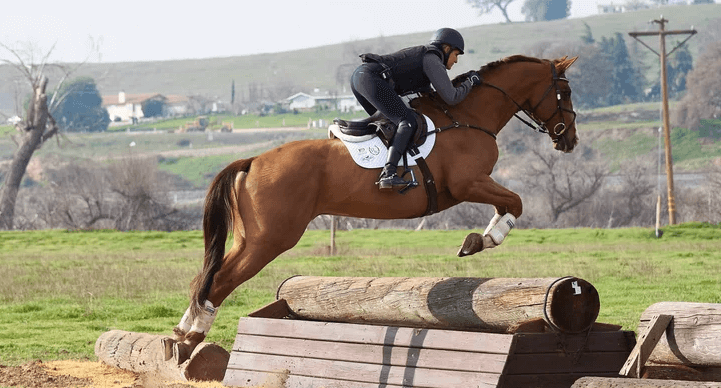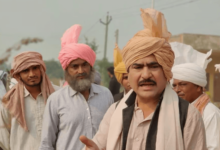What is the scoring system in cross-country riding?

Cross-country riding, a pivotal phase in three-day eventing, challenges both horse and rider to navigate a course of natural and man-made obstacles within a set time. This thrilling test of endurance, speed, and agility has a unique scoring system that can seem complex to newcomers and seasoned riders alike. Here’s an expert breakdown of the scoring system in cross-country riding, designed to demystify the process and enhance your understanding of this dynamic sport.
Introduction to Cross-Country Riding
Cross-country riding is more than just a race against time; it’s a demonstration of partnership, precision, and courage. Originating from military cavalry training, it has evolved into a beloved component of eventing, captivating spectators and participants with its dynamic challenges.
Understanding the Scoring System
At its core, the scoring system in cross-country riding aims to assess the rider’s ability to complete the course within the optimum time while avoiding penalties. Penalties can be incurred for refusals, falls, and exceeding the time limit, among other infractions.
Types of Penalties
Refusals and Run-Outs: When a horse refuses or avoids an obstacle, penalties are added to the rider’s score. Understanding these penalties is crucial for competitors aiming to maintain a low score.
Time Penalties: Time is a critical factor in cross-country riding. Riders must balance speed with caution, as both exceeding the optimum time and finishing too quickly can incur penalties.
Time Management in Cross-Country
Effective time management can make the difference between winning and just participating. This section covers strategies to navigate the course efficiently without sacrificing safety or accruing time penalties.
Role of Judges in Cross-Country Riding
Judges play a vital role in ensuring the fairness and accuracy of scoring. Their expertise and judgment are essential in evaluating riders’ performances and assigning penalties.
Equipment and Safety Measures
Safety is paramount in cross-country riding. This section details the required gear for horses and riders and discusses the importance of adhering to safety protocols.
Training for Cross-Country Riding
Preparing for a cross-country event involves rigorous physical and mental training. Riders must develop a deep bond with their horses, honing their skills to tackle the diverse challenges they will face on the course.
Famous Cross-Country Courses Worldwide
Cross-country courses vary widely in difficulty and design. This section explores some of the world’s most renowned courses, highlighting the unique challenges they present.
Improving Your Cross-Country Score
Improvement comes from practice and learning from every ride. Here, we offer strategies and tips for lowering your score and achieving your cross-country riding goals.
Common Mistakes and How to Avoid Them
Even experienced riders can make mistakes. We analyze common errors and provide advice on how to avoid them, helping you refine your technique and strategy.
Technology in Cross-Country Riding
Technology has found its way into cross-country riding, offering new ways to train smarter and improve performance. This section examines how modern tools can benefit riders.
The Future of Cross-Country Riding
What does the future hold for cross-country riding? We look at emerging trends and innovations that could shape the sport in the years to come.
Conclusion
Understanding the scoring system in cross-country riding is essential for anyone looking to compete or deepen their appreciation of the sport. With its blend of speed, skill, and strategy, cross-country riding continues to be a thrilling and challenging equestrian discipline.
FAQs
What constitutes a refusal in cross-country riding? A refusal occurs when a horse stops in front of an obstacle or deviates from its path to avoid it, resulting in penalties.
How are time penalties calculated in cross-country riding? Time penalties are incurred for completing the course too slowly or too quickly compared to the optimum time set by the event organizers.
Can you appeal a judge’s decision in cross-country riding? Yes, riders can appeal decisions, but the process varies by competition. It’s important to be familiar with the specific rules of the event.
What is the optimum time, and how is it determined? The optimum time is the ideal time to complete the course, set by the organizers based on the length and difficulty of the course.
How important is horse and rider fitness in cross-country riding? Fitness is crucial for both horse and rider, as the demands of cross-country riding require peak physical condition to navigate the course safely and effectively.






